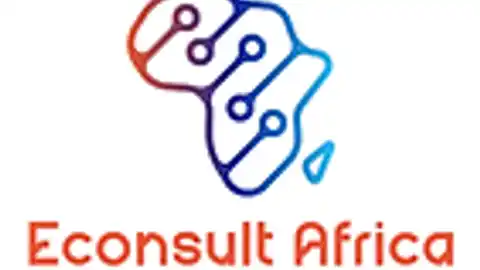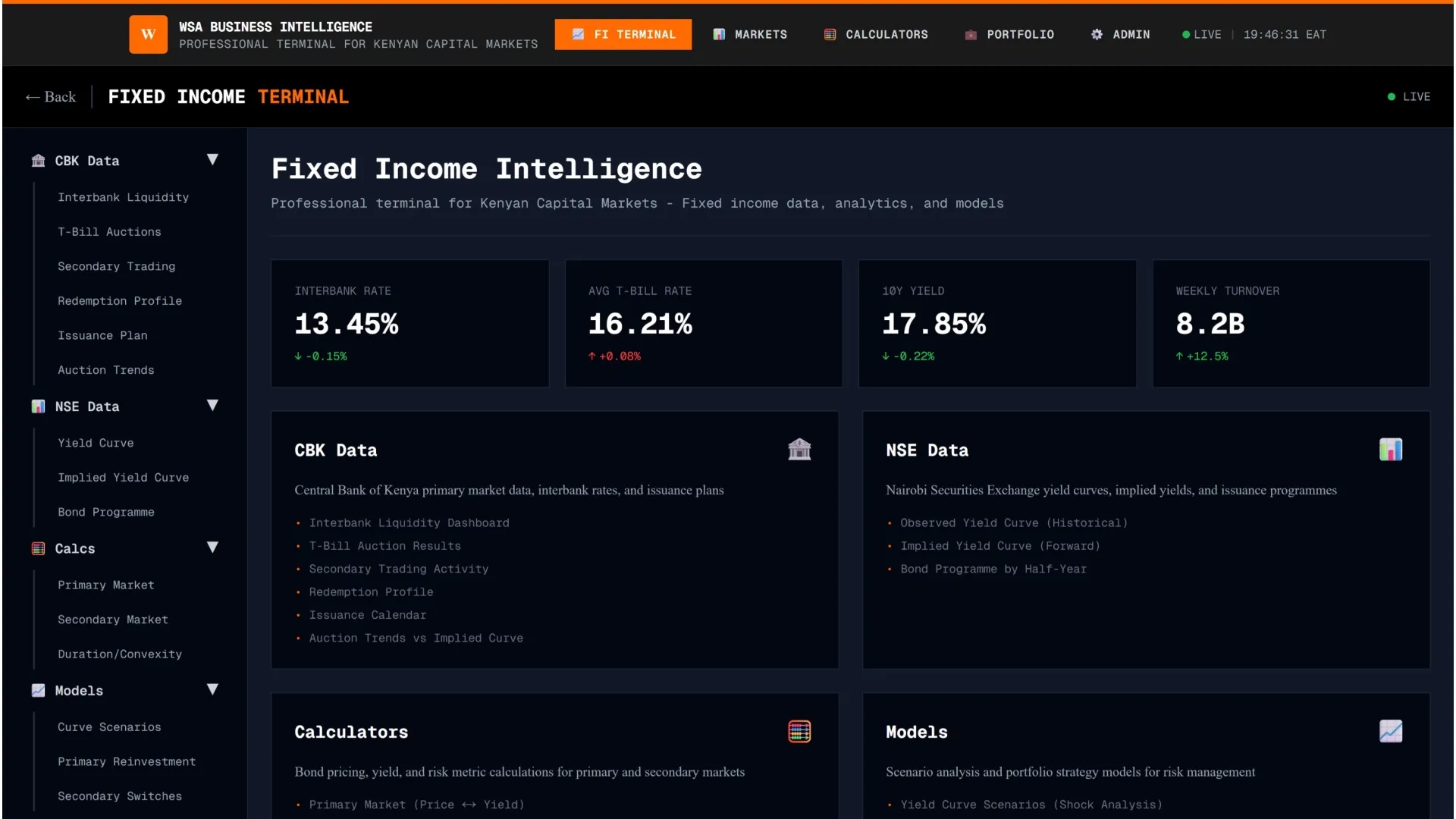South Africa is a land of contrasts.
It’s an economic powerhouse in Africa which boasts of the highest Gross Domestic Product (GDP) on the continent in 2025 at US$418bn, according to the IMF World Economic Outlook, which translates to an impressive GDP per capita of US$6,520 for the country’s 60 million people.
Yet, beneath this veneer of economic success lies a deeply fractured society. The top 0.1% of the population controls almost one-third of the nation’s wealth. The country also has the second highest unemployment in the world, at 33%, according to The World Bank. It’s a paradox that’s hard to ignore: a country rich in resources and potential, yet struggling to bridge the gap between the haves and the have-nots.
South Africa’s story is not just one of contrasts but a cautionary tale of what happens when prosperity and inequality coexist on such a dramatic scale.
How can a country so rich in resources and economic potential fail to uplift the majority of its people?
What does it mean for a nation to thrive on paper while its citizens struggle to survive?
Can this land of promise bridge the chasm between the haves and the have-nots, or will the weight of its disparities hold it back from realizing its true potential?
Image: Cape Town, South Africa (Source: Shutterstock)
The ghosts of apartheid
To understand South Africa’s economic inequality, you have to go back in time. The apartheid era wasn’t just about racial segregation; it was a system designed to keep wealth and power in the hands of a privileged few. Black South Africans were systematically excluded from quality education, decent jobs, and asset ownership. Even though apartheid officially ended in 1994, its legacy lingers.
Image: Soweto, South Africa (Source: Shutterstock)
The structural inequities it created didn’t just vanish—they evolved, embedding themselves into the fabric of the economy.
Who gets the jobs (and who doesn’t)
The labor market is a major player in South Africa’s inequality story, contributing to a staggering 74.2% of income disparity according to Statistics South Africa.
But here’s the kicker: employment opportunities and wages are still heavily influenced by race and gender. Black South Africans face higher unemployment rates and earn significantly less than their white counterparts.
And if you’re a woman you’re likely earning about 30% less than men for the same work. It’s a double whammy of racial and gender inequality that keeps millions trapped in a cycle of poverty.
What’s making it worse?
Several factors are fueling this inequality:
- •Educational disparities: For many black South Africans, quality education isn’t a given—it’s a privilege. In rural areas, it’s an even rarer gem. With limited access to decent schools or vocational training, millions are left stranded without the skills they need to thrive in a competitive job market. The result? Generational potential, untapped.
- •Economic policies: Initiatives like the Black Economic Empowerment (BEE) was designed to level the playing field—a bold promise for a fairer tomorrow. But in practice? Some critics argue they’ve mostly benefited a small elite, leaving the majority watching from the sidelines. The wealth gap doesn’t just remain; it widens.
- •Unemployment: South Africa has the second highest unemployment rate in the world at 33%, after its neighbour Eswawtini. Needless to say, unemployment disproportionately impacts black South Africans. For many, the absence of job opportunities doesn’t just stall progress—it locks economic advancement out of reach entirely. It’s not just a crisis; it’s a barrier to hope.
Pathways to improvement: Is there hope?
So, what can be done? Tackling South Africa’s inequality isn’t a quick fix—it’s a marathon, not a sprint. Drawing on development theory, economic frameworks, and global best practices, several pathways to improvement emerge.
These pathways are not mutually exclusive but rather interconnected strategies that, when implemented collectively, could address the structural barriers to inclusive growth:
1. Educational Reform: Building Human Capital for the Future
Investing in education is a cornerstone of development theory, particularly Gary Becker’s human capital theory, which posits that education and skills training are critical drivers of economic growth. South Africa’s education system remains plagued by disparities in quality, with under-resourced schools in rural and township areas lagging behind. To address this:
- •Targeted investment in early childhood development (ECD): Research shows that early interventions yield the highest returns in human capital formation. Expanding access to quality ECD programs could level the playing field for disadvantaged children.
- •Vocational and technical training: Aligning education with labor market needs is crucial. South Africa’s high youth unemployment rate underscores the mismatch between skills and job opportunities. Expanding vocational training programs, particularly in sectors like renewable energy, technology, and manufacturing, could bridge this gap.
- •Teacher training and curriculum reform: Improving the quality of teaching and modernizing curricula to include digital literacy and critical thinking skills are essential for preparing students for a rapidly changing economy.
2. Inclusive Economic Policies: Addressing Structural Inequality
South Africa’s inequality is not just a product of market forces but also of historical exclusion and structural barriers. Inclusive growth theory emphasizes the need for policies that ensure equitable access to economic opportunities. Key interventions include:
- •Reforming Broad-Based Black Economic Empowerment (B-BBEE): While B-BBEE was designed to redress apartheid-era inequalities, critics argue that it has primarily benefited a small elite. A more inclusive approach could focus on supporting small and medium-sized enterprises (SMEs), particularly those owned by women and marginalized groups, through access to finance, mentorship, and markets.
- •Land reform and agricultural development: Land ownership remains highly concentrated, perpetuating rural poverty. A well-designed land reform program, coupled with support for smallholder farmers, could stimulate rural economies and reduce inequality. Drawing on Amartya Sen’s capability approach, land reform should not just redistribute assets but also enhance the capabilities of beneficiaries to use land productively.
- •Promoting spatial integration: Apartheid’s legacy of spatial segregation continues to marginalize poor communities. Investing in public transportation and affordable housing in urban centers could improve access to jobs and services for low-income households.
3. Labor Market Interventions: Creating Decent Work for All
South Africa’s labor market is characterized by high unemployment, precarious work, and wage disparities. Decent work theory (ILO) and dual labor market theory highlight the need for policies that address both formal and informal employment. Potential strategies include:
- •Youth employment programs: Initiatives like public works programs and apprenticeships could provide young people with work experience and skills. For example, South Africa’s Expanded Public Works Programme (EPWP) could be scaled up and better targeted to address youth unemployment.
- •Strengthening labor rights: Ensuring fair wages, safe working conditions, and the right to unionize is critical for reducing income inequality. Policies should also address the growing trend of casualization and gig work, which often leaves workers without benefits or job security.
- •Supporting labor-intensive industries: Sectors like renewable energy, construction, and agro-processing have the potential to create large numbers of jobs. Government incentives and public-private partnerships could stimulate growth in these areas.
4. Social Protection Measures: Building Resilience and Reducing Poverty
Social protection is a key component of social development theory, which emphasizes the role of safety nets in reducing vulnerability and promoting human development. South Africa’s social grant system, while effective, needs to be expanded and complemented by other measures:
- •Universal Basic Income (UBI): Pilot projects in countries like Kenya have shown that UBI can reduce poverty and improve well-being. A carefully designed UBI scheme could provide a financial cushion for South Africa’s most vulnerable populations.
- •Health and nutrition programs: Expanding access to healthcare and school feeding programs could improve outcomes for children and reduce intergenerational poverty.
- •Climate-resilient social protection: With climate change posing a growing threat to livelihoods, social protection programs should incorporate measures to help communities adapt, such as cash transfers during droughts or floods.
5. Governance and Institutional Reform: Strengthening the Foundations of Development
Effective governance is a prerequisite for sustainable development. Institutional economics highlights the role of institutions in shaping economic outcomes. South Africa’s governance challenges, including corruption and inefficiency, undermine development efforts. Key reforms include:
- •Anti-corruption measures: Strengthening institutions like the judiciary and law enforcement agencies is critical for restoring public trust and ensuring that resources are used effectively.
- •Decentralized governance: Empowering local governments to deliver services and implement development programs could improve accountability and responsiveness.
- •Public-private partnerships: Leveraging private sector expertise and resources could enhance the delivery of infrastructure and services, particularly in underserved areas.
6. Harnessing Technology and Innovation: Driving Sustainable Growth
The Fourth Industrial Revolution (4IR) presents both opportunities and challenges for South Africa. Embracing technology could unlock new sources of growth and create jobs, but it also risks exacerbating inequality if not managed inclusively. Strategies include:
- •Digital inclusion: Expanding access to affordable internet and digital devices, particularly in rural areas, could enable more South Africans to participate in the digital economy.
- •Support for tech startups: Creating an enabling environment for innovation, through funding, mentorship, and regulatory support, could position South Africa as a hub for tech entrepreneurship in Africa.
- •Green technologies: Investing in renewable energy and sustainable infrastructure could create jobs while addressing climate change.
Conclusion
South Africa’s challenges are complex and deeply entrenched, but they are not insurmountable.
Drawing on development theory and global best practices, a multifaceted approach that combines educational reform, inclusive economic policies, labor market interventions, social protection, governance reform, and technological innovation could pave the way for a more equitable and prosperous future.
The journey will be long and difficult, but with sustained commitment and collaboration, South Africa can overcome its contradictions and realize its immense potential.
Authors: Prince Muraguri, Noel Lutwama and Moses Macharia (Econsult Africa).
Econsult Africa is a data analytics and visualization company specializing in transforming data into compelling visual narratives, enabling data-driven decision-making, and providing actionable policy insights. Get in touch ([email protected]).




